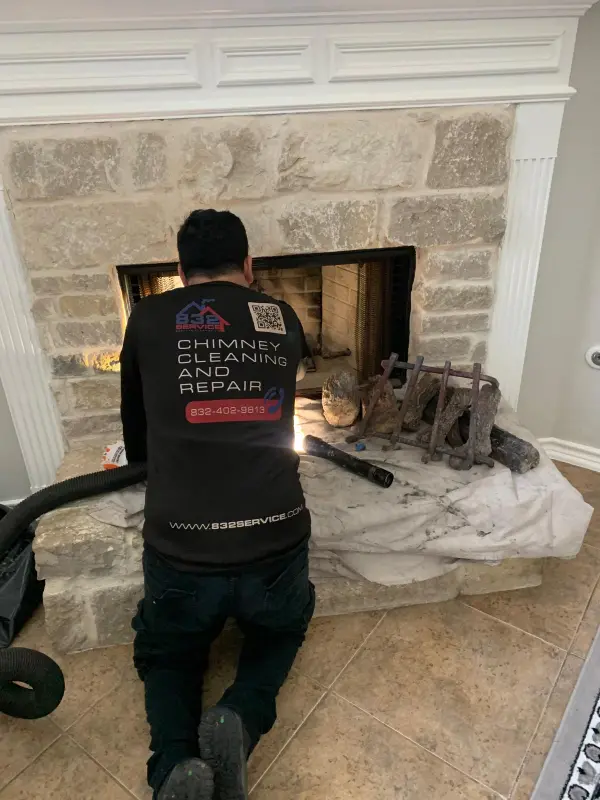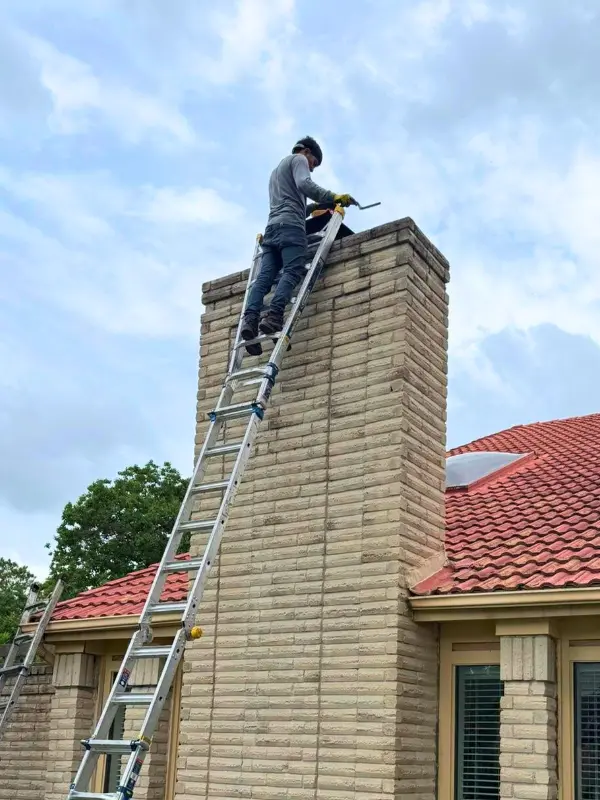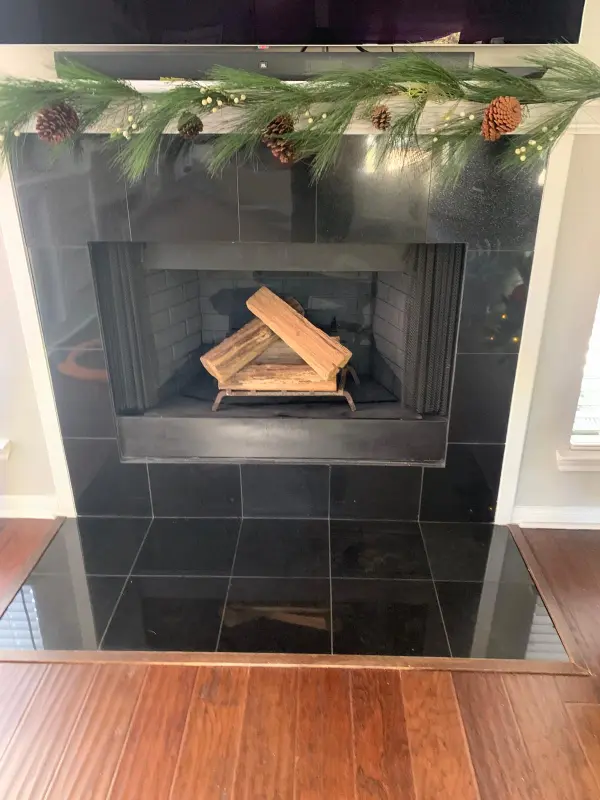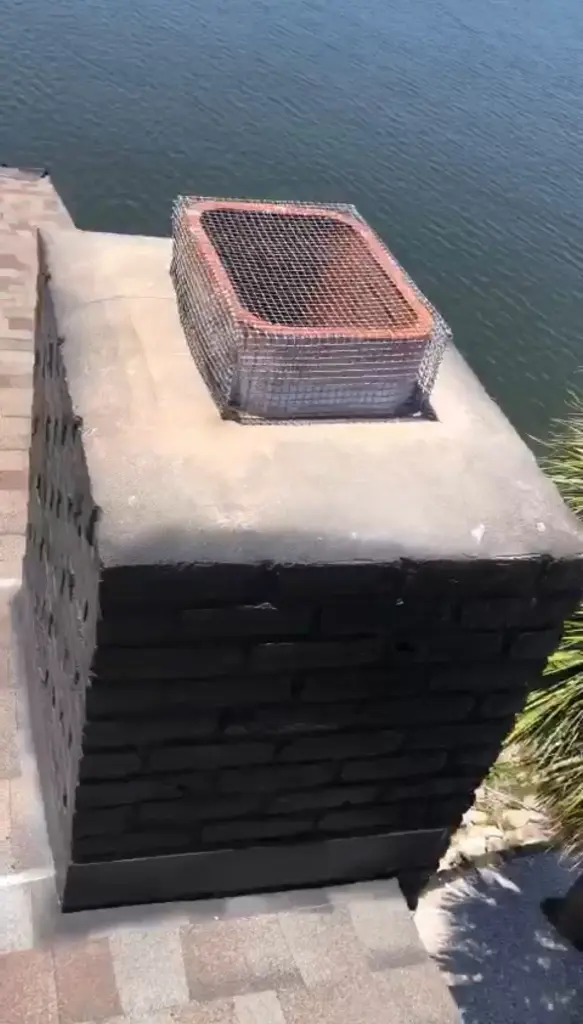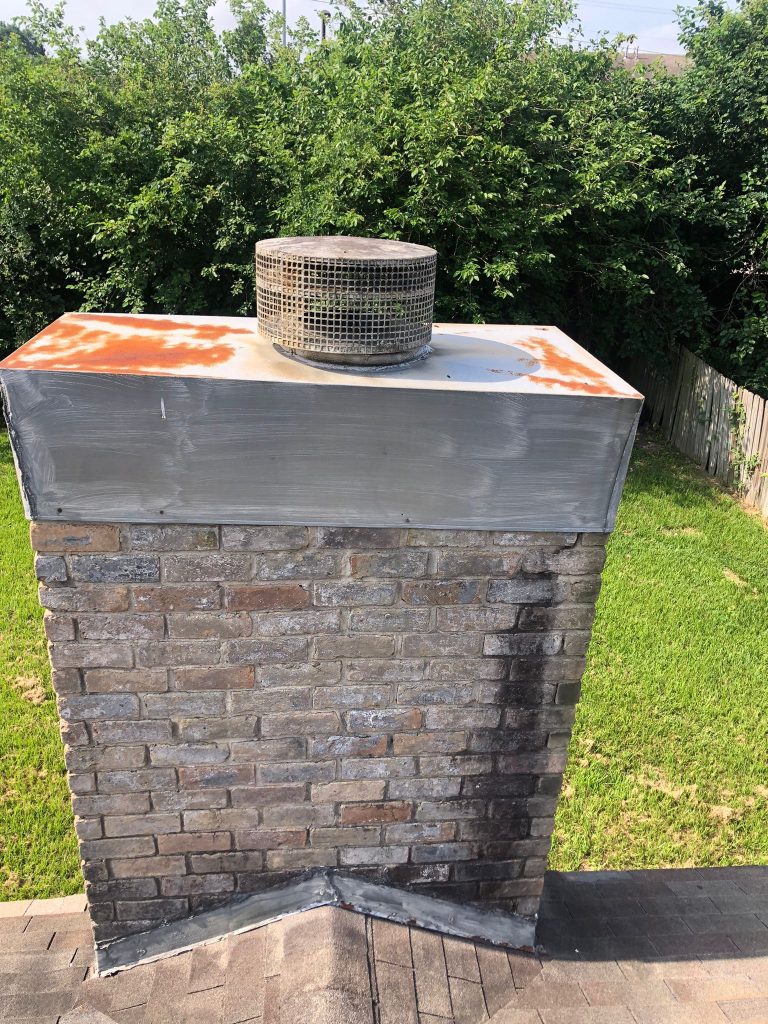Hey there! Are you tired of that drafty old fireplace that seems to lose more heat than it gives? Trust me, I’ve been there. A fireplace insert installation might be exactly what you need. These units fit right into your existing fireplace and transform it into an efficient heating powerhouse. They’re perfect for updating old masonry fireplaces without a complete teardown. Let’s chat about how you can upgrade your home with this smart heating solution.
Benefits of Converting Your Traditional Fireplace to an Insert
Traditional fireplaces look nice, but they’re not great at actually heating your home. Most of the warm air goes straight up the chimney! With a fireplace insert installation, you’ll keep that heat where you want it – in your living room.
Inserts can boost your heating efficiency from about 10% to a whopping 70-80%. That’s a huge difference you’ll feel in both comfort and your utility bills. Plus, they burn cleaner, which means less smoke in your home and fewer emissions outside. Your neighbors will thank you for the reduced smoke, and your family will love the cozy, consistent warmth.
Choosing Between Wood Stove and Gas Fireplace Inserts
The big question many homeowners face during fireplace insert installation is: wood or gas? Both have their perks. Wood inserts give you that authentic crackling fire experience and can heat larger spaces. They’re perfect if you have access to affordable firewood and enjoy the ritual of building a fire.
Gas inserts, on the other hand, offer convenience with the flip of a switch. No wood to store, no ashes to clean, and precise temperature control. They’re also typically more efficient and cleaner burning. The choice really comes down to your lifestyle and what kind of experience you want from your fireplace.
Comparing Heat Output and Efficiency
Let’s talk numbers for a minute. Wood burning inserts generally produce more BTUs (British Thermal Units) than gas models. A good wood insert can pump out 50,000-80,000 BTUs, while gas inserts typically range from 20,000-40,000 BTUs.
What does this mean for you? Wood inserts can heat larger spaces, but gas inserts convert more of their fuel into usable heat. Gas units also maintain steadier temperatures, which many homeowners prefer. Consider the size of your space and your heating goals when making this choice for your fireplace insert installation project.
Understanding Vent Liner Requirements for Installation
Every proper fireplace insert installation needs the right venting system. Your existing chimney will need a liner that matches your insert. This isn’t just a suggestion – it’s a safety requirement and affects how well your insert works.
Here are the key things to know about vent liners:
- Stainless steel liners are most common and work for both wood and gas inserts
- The liner size must match your insert’s specifications
- Professional installation ensures proper draft and prevents dangerous gases from entering your home
- Liners protect your chimney structure from heat damage
- Most building codes require them for insurance purposes
Your chimney might look fine on the outside, but the liner is what makes it work safely with your new insert.
Complete Your Fireplace Insert Installation: Next Steps and Maintenance
Once your fireplace insert installation is complete, you’re not quite done. Regular maintenance keeps your system running safely and efficiently. For wood inserts, remove ashes weekly during heavy use and get annual chimney cleanings to prevent creosote buildup.
Gas inserts need less hands-on care, but should still get yearly checkups from a pro. They’ll inspect gas lines, venting, and make sure everything’s working right. No matter which type you choose, keep the glass clean for the best view of those beautiful flames. With proper care, your fireplace insert will provide cozy warmth for many winters to come.
So there you have it! A fireplace insert installation transforms that old energy-waster into an efficient heating machine. With the right choice between wood and gas, proper venting, and regular maintenance, you’ll wonder why you waited so long to make the upgrade.
Our Google Reviews
Trustindex verifies that the original source of the review is Google. Raphael did an excellent job with our cleaning. On time, clear communication and professional to deal with. Highly recommended.Trustindex verifies that the original source of the review is Google. Rafael was working with a neighbor when we met. He assessed the state of my chimney , took photos, explained where all the areas of concern were and the described what would be required to keep things safe and stable. Raphael was informative and straightforward, no pressure and he was very kind. he and his helper did the work exactly as he stated in a timely manner. I would highly recommend recommend for any repairs, Quality work. Thank you 832 Home Service and RaphaelTrustindex verifies that the original source of the review is Google. Great service. Provided good consultation and service. I would reach out to them for vent cleaning everytime.Trustindex verifies that the original source of the review is Google. Excellent cleaning service.Trustindex verifies that the original source of the review is Google. Highly recommended amazing service and they did a great jobTrustindex verifies that the original source of the review is Google. The team was very helpful and knowledgeable, they took their time I Had a great experience with them. They were on time, professional, and did a thorough job cleaning my chimney. The fireplace works so much better now, and I feel safer using it. If you need chimney cleaning in Houston, I highly recommend them!Trustindex verifies that the original source of the review is Google. HIGHLY recommend I had wasp in my house that apparently came from my chimney ! They found the hole and took care of it! Also, did a deep clean after a while I didn’t clean. I’m so so happy ! Also , did a crown repair . Guys, can’t recommend enough!Trustindex verifies that the original source of the review is Google. You guys are awesome!!! I had an amazing experience From start to finish, they were professional, efficient, and detail oriented. provided great suggestions, and delivered high quality work on time and within budget. The crew was friendly, hardworking, and left everything clean after the job was done. I highly recommend themTrustindex verifies that the original source of the review is Google. I looked into several companies in Houston, Texas,, that could do a thorough chimney cleaning and repair, and this company was the most professional and highly recommended! I will definitely use their services in the future and highly recommend them to anyone interested in a safe chimney. Many thanks to the team that assisted us! 🙏🏻Trustindex verifies that the original source of the review is Google. These guys were awesome!!!!! They cleaned my dryer for a very good price and were fast!Verified by TrustindexTrustindex verified badge is the Universal Symbol of Trust. Only the greatest companies can get the verified badge who has a review score above 4.5, based on customer reviews over the past 12 months. Read more
FAQ
How much does a fireplace insert installation typically cost?
Fireplace insert installation usually costs between $2,000-$4,500 total. Gas inserts run $3,000-$4,500 installed, while wood inserts typically cost $2,000-$3,500. The price depends on your existing fireplace condition, venting needs, and the model you choose. Higher efficiency units cost more upfront but save money long-term through reduced heating bills.
Can I install a fireplace insert myself or should I hire a professional?
While DIY might be tempting, fireplace insert installation requires professional expertise. Improper installation can lead to carbon monoxide leaks, house fires, or voided warranties. Certified installers ensure proper venting, gas line connections (for gas inserts), and that everything meets local building codes. Plus, professionals can recommend the perfect insert for your specific fireplace setup.
How long does the installation process take?
Most fireplace insert installations take 1-2 days to complete. Day one typically involves removing any old components, preparing the fireplace opening, and installing the vent liner. Day two focuses on setting the insert, connecting gas lines if needed, and testing everything for proper operation. Simple installations might be completed in just 4-6 hours.

